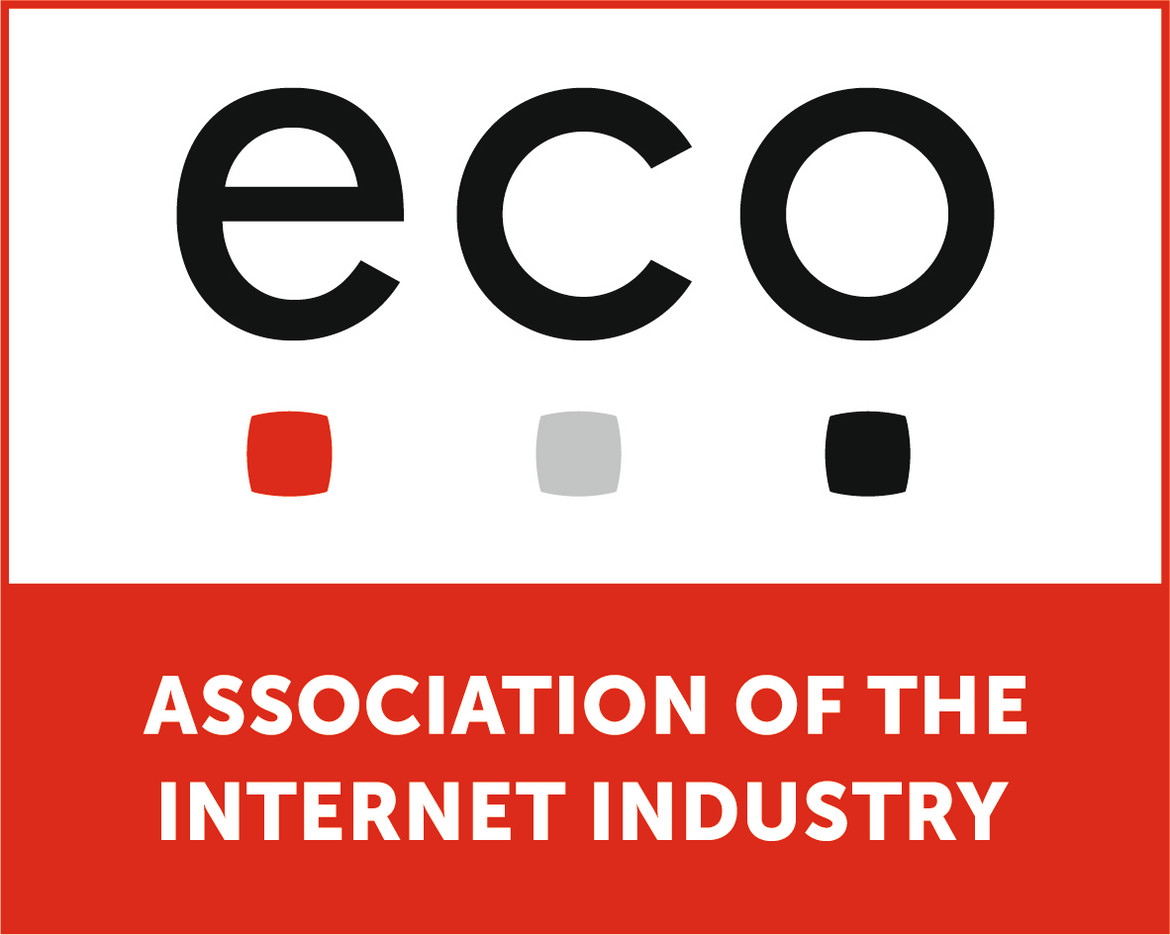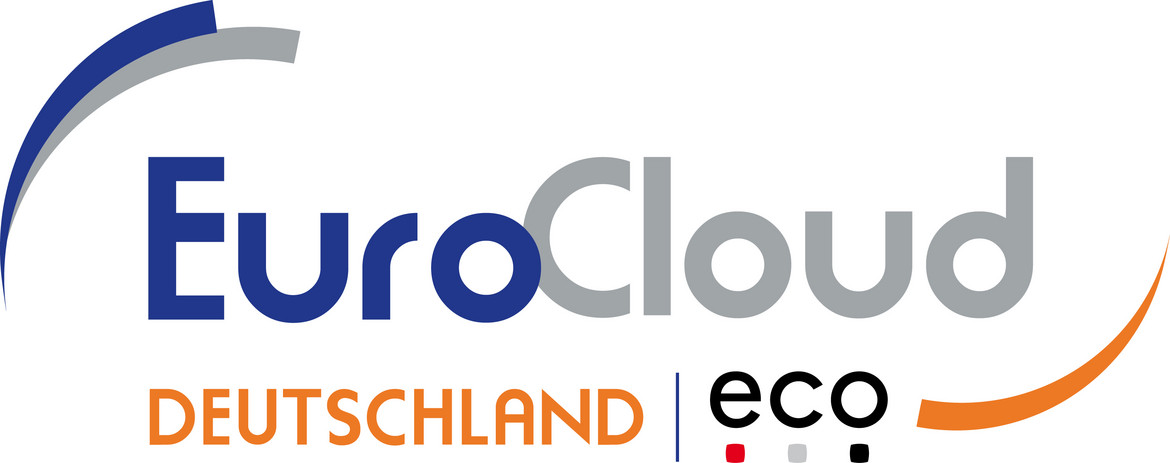Does Europe need another Cloud?
Andreas Weiss and Thomas Sprenger analyze how Gaia-X next-generation cloud infrastructure could provide a sustainable boost to the data economy in Europe.

© Peach_iStock | istockphoto.com
This article was first published here https://www.gxfs.eu/does-europe-need-another-cloud/ and is kindly reproduced here with permission of the authors and www.gxfs.eu.
Europe is building its digital infrastructure for the data age
Cloud computing is not the first digital technology where Europe has been left behind by the U.S. and Asia. We Europeans were also behind in developing the technology for personal computers, operating systems and application software, and, later, for search engines and social networks.
Today, the global market for cloud computing is dominated by five platforms from the USA and China. The three largest among them, Amazon, Microsoft and Google’s parent company Alphabet, alone hold a market share of two-thirds. They are called hyperscalers because they can expand the capacity of their data centres seemingly infinitely. Thanks to their sheer size and number of customers, they post gigantic economies of scale and profits. What the cloud can do and where it is heading is determined by the hyperscalers with development budgets worth billions. European providers compete alongside this oligopoly more like boutique providers and often concentrate on smaller, more exclusive offerings.
No digital transformation without the data cloud
Waiting for the next opportunity is not an option for the Europeans here: The future technologies of the 21st century, such as artificial intelligence, connected industrial manufacturing, telemedicine, autonomous mobility, smart cities and digital administration, are all based on the availability of cloud infrastructures. Eighty per cent of executives in Germany are convinced: In the future, prosperity and progress in Europe will depend on secure access to and our influence on this technology. This is the result of a YouGov survey commissioned by eco.
The need for action is shown by the weak acceptance scores for the cloud among European companies – even after the digitalization push triggered by the Covid-19 pandemic. On average, just four out of ten companies in the EU used resources from the cloud in 2021, but with clear differences between the member states. The pioneers Scandinavia and Benelux report usage rates between sixty and eighty per cent. The largest economy in the Union, Germany, is just above the average at fifty per cent, while France, the second-largest, is well below at less than thirty per cent. By comparison, 94 per cent of all companies in the United States obtained services from the public cloud just in the previous year. A full 83 per cent of all IT processes in the U.S. economy are already processed on cloud platforms.
That’s why Europeans are looking for ways to have any say at all in shaping the most important digital infrastructure. At the turn of 2020/21, companies from France and Germany - in total 212 organizations and companies - founded the economic policy initiative Gaia-X. Contrary to some headlines, this was not just about market share for local cloud providers. In any case, there will be no European hyperscaler as a kind of Airbus for the digital industry. But what do Europeans want? What requirements must a cloud infrastructure meet for the European Union and its future digital single market?
Trust in cloud platforms needs transparency
First and foremost, the initiative addresses the reservations that European companies have about cloud services: There is a lack of trust in the protection of privacy and trade secrets. Non-European cloud providers are primarily subject to the national legal system at their headquarters. In the U.S., for example, intelligence agencies can force cloud providers to make customer data accessible even from foreign data centres. The affected companies are not even informed about the violation of their data sovereignty.
This legal practice comes at a price: For years, the compliance of U.S. platforms with the EU’s strict data protection rules has been vouched for only by legal stopgaps that have regularly been brought down by lawsuits. After each of these rulings, cloud customers in Europe risk violating EU laws themselves.
However, data sovereignty goes beyond protection from government access. As we show in Why We Still Find It Difficult to Create Value From Data, sharing data with third parties also requires trust. As long as all partners use the same platform, at least the rules of one provider apply. But how does Party A protect its data on Cloud X that is processed by Party B on Cloud Y? And how does Party A ensure that its digital assets are processed only for this purpose?
From the customer’s perspective, today’s cloud solutions seem like a black box because they are based on commercial and proprietary solutions. Only their operators know in detail the characteristics and processes of their platforms, unless they are prescribed by law. Sixty-one per cent of the executives in the YouGov survey above therefore call for greater commitment from the German federal government to the digital sovereignty of cloud customers. Similarly, a KPMG survey of the European cloud market found that for nine out of ten respondents, data sovereignty is of paramount importance when choosing their cloud provider.
Digital sovereignty, transparency & freedom of choice
With Gaia-X, the initiators are creating a pan-European cloud ecosystem in which data and services are available and shared in a trusted environment. To this end, the German Gaia-X project for Federation Services (GXFS) is specifically defining minimum requirements for cloud services and having the reference software developed to operate the federated ecosystem.
Unlike today’s cloud market, these federation services will guarantee full transparency on the actual service attributes of each cloud offering, such as the location of data, accessibility by external personnel, data usage by third parties, certification level or applicable legal framework. Customers can freely select suitable cloud services according to desired key properties without having to rely on voluntary information from the provider side.
Gaia-X users identify and compare service and data providers and check their compliance with ecosystem specifications. Digital sovereignty is created by the Gaia-X ecosystem through both freedom of choice in services and complete control over stored and processed data.
GXFS places the software building blocks for its federation services under open-source license. It allows members of Gaia-X to use the technology freely and to adapt and further develop it to specific industry requirements.
New requirements through data-based business models
In the near future, data-based business models will place completely different demands on digital infrastructures. The reason is the amount of data and the speed at which it is processed. For 2020, market researchers at IDC estimate a global data volume exceeding 50 zetabytes (equivalent to over 50 trillion gigabytes). This figure is expected to more than triple by 2025.
More and more of it will be generated far away from the large data centres, and stored and processed decentrally at the edge of the networks. According to IDC forecasts, advanced applications such as connected industrial machines will process one third of the data generated in real time as early as 2025. Such systems are sensitive to long transmission paths — even over high-speed fibre optic lines and the latest 5G mobile networks. Today’s cloud infrastructures, on the other hand, are primarily organized centrally. Their physical infrastructure is concentrated on gigantic computing clusters in the neighbourhood of large Internet exchanges. But in the emerging data economy, the single public cloud is again losing its role as the central reference point for enterprise IT. It becomes a node in a mesh of manufacturing-related infrastructures and data sources at the edge, as well as highly scalable resources provided by central platforms.
The technical and economic answer to this need is decentralization. In Europe alone, the economy will soon need five to six thousand cloud providers to meet its demand for manufacturing-related data processing capacity. In the near future, the cloud market will thus be characterized by an increased level of modularization and distributed tasks: keyword multi-cloud.
The dominant hyperscalers, in turn, naturally have little interest in sharing their processing capacity. Once you transfer your data and your systems to one of the major public cloud platforms, you commit to their technology. Switching to the competition, let alone orchestrating different providers, requires a great deal of expert knowledge and is associated with high costs. This forces business customers to bundle as many components of their system landscape as possible on a single platform. Companies fear this vendor lock-in because it creates a dependency from which they have difficulty breaking free.
Decentralized processing capacity & data availability
Gaia-X offers an alternative to such dependency with its concept of a decentralized cloud ecosystem. What is meant by this? Customers should be able to assemble cloud services and data sources into their business IT setup like Lego blocks. It is crucial that the services of different providers are interoperable.
Each service and data source represents a node in this ecosystem, whether it provides computing, storage, or networking services as an IaaS, PaaS, or SaaS service. Always with the proviso that cloud customers retain full control over their data.
One-sided focus on the strengths of the U.S. economy
Unsurprisingly, the cloud industry from Silicon Valley primarily reflects the strengths of U.S. companies: They are masters at marketing technologies to the masses. Today, the leading streaming services, e-commerce portals and social networks in the Western world come from the USA. All highly standardized services for an audience of millions or even billions of customers.
By contrast, Europe’s economic strength is based not on multi-billion-dollar corporations but on the complex value chains of its highly specialized industrial companies. With their expertise and industry knowledge, they are among the global market leaders in their niches.
Other strategies for data-based business models are derived from this. In industrial value chains, such as the automotive industry, business partners want to share data on an equal footing without relinquishing control. To adapt quickly to new market requirements, they need to be able to flexibly orchestrate different data sources and cloud services.
Digital progress in America and Europe are therefore two different things.
Hyperscalers are constantly producing innovations that strengthen their monolithic technology stack and support hyper-verticalized business models. Europe’s economy, on the other hand, needs innovation in a thousand niches that are too small for the hyperscalers’ business models. But specialized providers are hardly competitive in today’s cloud market.
More competition and innovation for value creation in Europe
That is why the Gaia-X initiative wants to organize digital innovation for Europe in industry networks and data spaces. After all, companies in an industry know best which technologies they use to exchange, transmit and process data. Together, they define the service attributes for data sources and cloud services in their domain and then select their providers.
That is the idea of the federated cloud. Automotive manufacturers and their suppliers, for example, organize themselves in the Catena-X federation. In this way, the players involved create a horizontal network for sharing clouds and data, in which uniform rules for security, transparency, sovereignty and interoperability apply.
Gaia-X provides standards and a sample architecture for this purpose, including federation services that are already under development. Each federation takes care of its own operations and administration, as well as the development of advanced technologies.
Thus, Gaia-X enables the exchange of data within and between industries as well as the networking of data and services across provider and customer boundaries. Common standards help break down industry-specific data silos that cannot be linked and evaluated due to a lack of data interfaces.
At the same time, the federated ecosystem approach creates a market for specialized cloud providers and the economic basis for innovation in the industrial niches of European hidden champions. Companies from small and medium-sized enterprises in particular also benefit from market transparency, broad access to service offerings and the resulting opportunities.
Not a copycat product
Is it possible that Europe’s IT industry has not yet produced any major digital platforms because it simply doesn’t suit us Europeans? Who knows. However, Gaia-X and its vision require something that we have really worked for: The ability to compromise and to shape contradictory interests into something shared – even if no one knows what to call it afterwards. Confederation, supranational federation, cloud ecosystem, dataspaces, federated, decentralized... In any case, Gaia-X gives us a real opportunity to develop something new and groundbreaking from existing technologies. It’s time that not only we adapt to technology, but technology adapts to our European way of life.
As Head of Digital Business Models at eco as well as Director of EuroCloud Deutschland, Andreas Weiss is well connected and familiar with the Internet and cloud industry in Europe. He brings his experience to Gaia-X Federation Services (GXFS), whose project teams are responsible for the development of Gaia-X core technologies. Led by eco, the GXFS-DE project is also funded by the German Federal Ministry of Economics and Climate Protection and is in close exchange with the Gaia-X Association for Data and Cloud (AISBL).
Thomas Sprenger (https://www.thomassprenger.de) is a freelance author, lecturer & content expert. For the last 20 years, he has been writing about the digital transformation.









